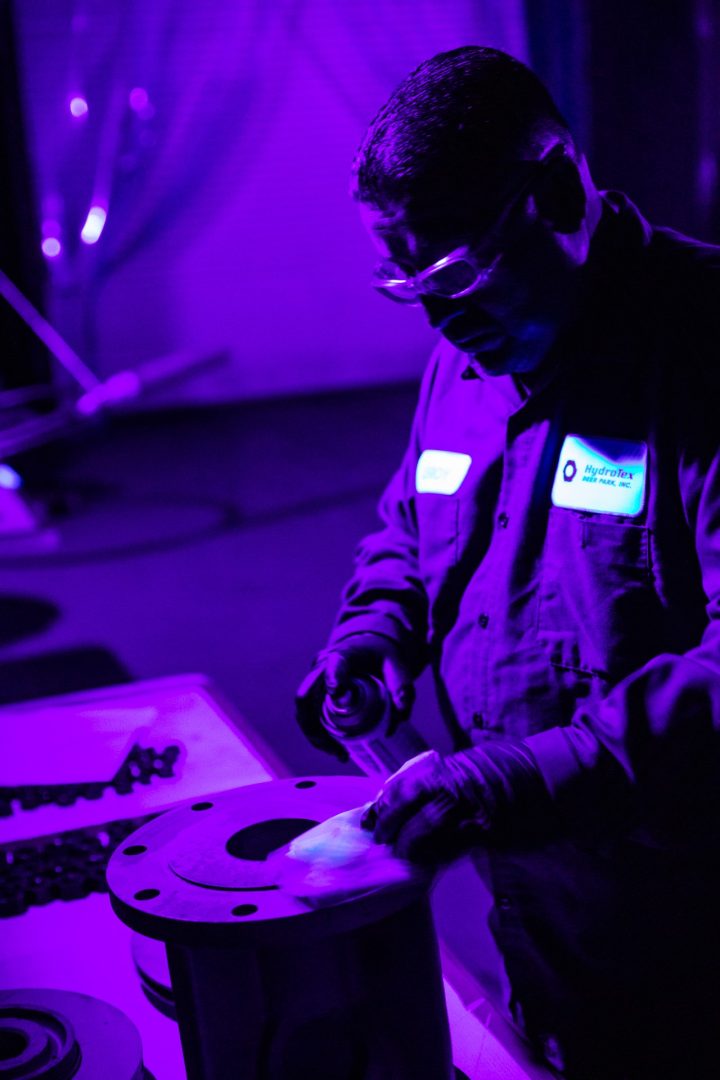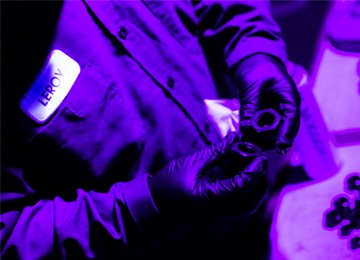Pump Solutions for Clean Applications
Many critical pump applications require sanitization and assembly in a clean environment to prevent contaminants that could put the service at risk of combustion or affect the purity of the end product. To better meet our customers’ clean service needs, Hydro has installed a state-of-the-art clean room at our HydroTex Deer Park facility.

Hydro’s Deer Park clean room allows decontamination of refurbished pumps in a controlled environment. Cleaned components are inspected to ensure the absence of contaminants using a black light and are individually packaged after inspection. Upon decontamination of all components, the full pump is assembled in the clean room environment using stringent control procedures to ensure cleanliness of the equipment is maintained. The assembled pump is packaged in a sealed environment in preparation of delivery to the end user.
Since its inception in 2021, Deer Park’s clean room has become the facility of choice for various oxygen, nitrogen, and chlorine pump end users in the Houston and greater Gulf Coast regions. We are proud to add this new service to our pump subject matter expertise and industry-leading refurbishment standards. With this winning combination, Hydro continues support our customers in ensuring safe and reliable pump operation while reducing their total cost of equipment ownership.
Capability in Action
An industrial gas customer providing medical-grade oxygen had been sending their O2 pumps for refurbishment to the overseas OEM, who does not have a US facility. HydroTex Deer Park repaired and decontaminated their O2 pumps in their dedicated clean room.
Being able to find a reliable, qualified supplier that was local to their facility saved the end user valuable time and ensured availability of this critical, lifesaving application.
Visit our HydroTex facility in La Porte.


